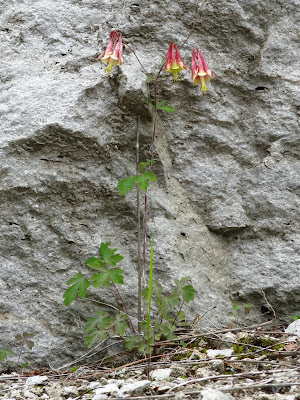I was somewhat familiar with L. martagon (Martagon or Turk's Cap Lily) and knew it was a valuable plant in the garden, particularly in areas of dry shade. Nursery production of the species or its white-flowered form 'Album' was seemingly difficult from the usual "bareroot" bulb method. Seed propagation I understood, would be moderately difficult, and plants would take at least a couple of years to mature to flowering size. For these intriguing 'Painted Ladies' however, I believed that the extra effort would ultimately be rewarding.
Following is what flowered this spring, from plants that were originally sown in 2006, and planted into my garden in 2008. Needless to say, I'm very impressed with these plants!








 The book Lilies by Edward Austin McRae indicates that 'Painted Ladies' was developed by Edgar Kline of Oregon, and involves crosses between L. martagon (several forms), L. hansonii and L. medeoloides.
The book Lilies by Edward Austin McRae indicates that 'Painted Ladies' was developed by Edgar Kline of Oregon, and involves crosses between L. martagon (several forms), L. hansonii and L. medeoloides. Unfortunately, production of this fabulous strain appears to be very limited.
Here's to dirt under your nails.
Mark, the coolplantsguy








